The 2018 Belgrade Tourism Fair opened on February 22, 2018, bringing together all the tourism boards and agencies of the wider Mediterranean region and beyond, but there was one very notable absentee – Croatia.
They came from Palestine, Cameroon and Iran.
From regions of Russia, the North-West province of South Africa and Tunisia.
The regional players were all their with their shiny stands – Slovenia, Bosnia and Hercegovina, Macedonia, Turkey, Bulgaria and Albania. Seemingly every tourist board in Montenegro, the biggest stand of the entire fair, was there, and there was plenty of exposure of this year’s partner country, Greece.
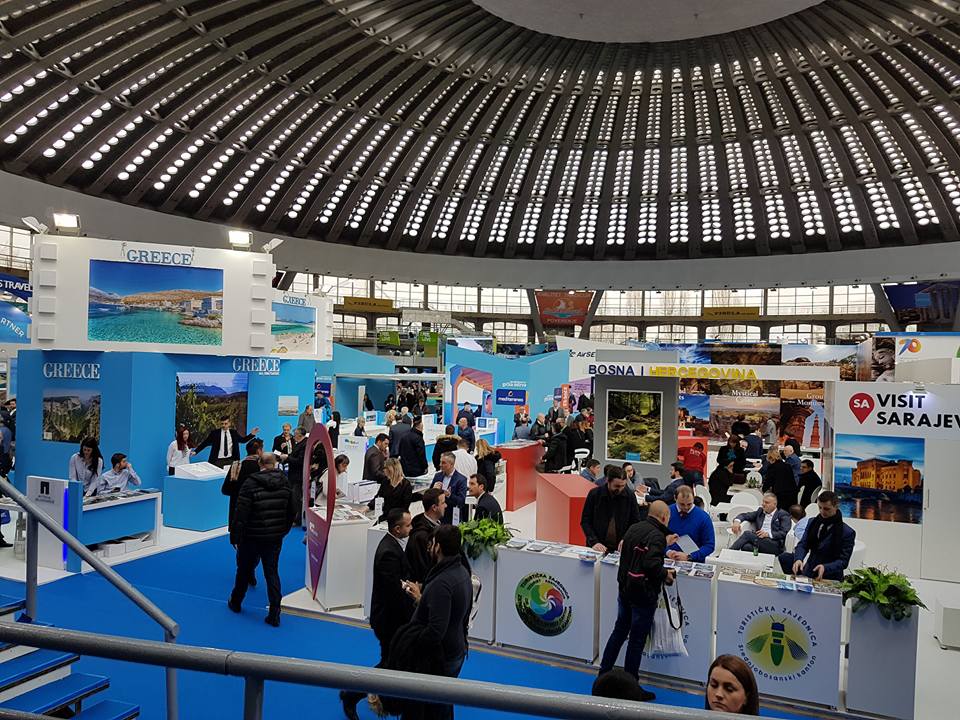
An impressive collection of regional tourism power with just one country missing from the party.
Croatia, Full of Life.
Not a single tourist board from Croatia, not the national tourism board, not a regional tourist board, not a single local tourist board was present.
One of the biggest frustrations of what has been an otherwise excellent trade fair for TCN on day one (having the whole of Montenegro – from the state secretary for tourism and national tourist board director to every tourist board and big tourism player in the same room has certainly brought forward the launch of our next project, Total Montenegro News – has been the lack of information of who has been exhibiting.
Even if you check the event website now as day two begins, there is no list of who is present at the fair. When I picked up my press accreditation yesterday, the very friendly staff apologised that the list of exhibitors was not yet ready. When I finally got the list of exhibitors, I headed straight to the tourism section and found plenty of listings for every country in the region, but none for Croatia. Confused, I went to the information point and asked where I could find the Croatian tourist boards.
“In Salon 1,” I was told. When I explained that I had been there and not found any, the very helpful assistant went through the brochure to find the list of Croatian exhibitors.
He looked and he looked.
His eyebrows knotted.
He picked up the phone and called his boss for the information.
“Wow. Not a single Croatian tourist board is here. Amazing,” was the reply.
Amazing indeed. Croatia, a country where tourism brings more than 20% of GDP, simply did not turn up at the biggest regional fair, now in its 40th year.As I wandered around the fair, watching young 20-somethings looking for their next holiday destination, a generation which was not even born during the recent conflict in the 1990s, I wondered at yet another opportunity missed. The two stand-out countries which shone yesterday were Montenegro and Greece, two strong competitors for the markets Croatia is competing for.
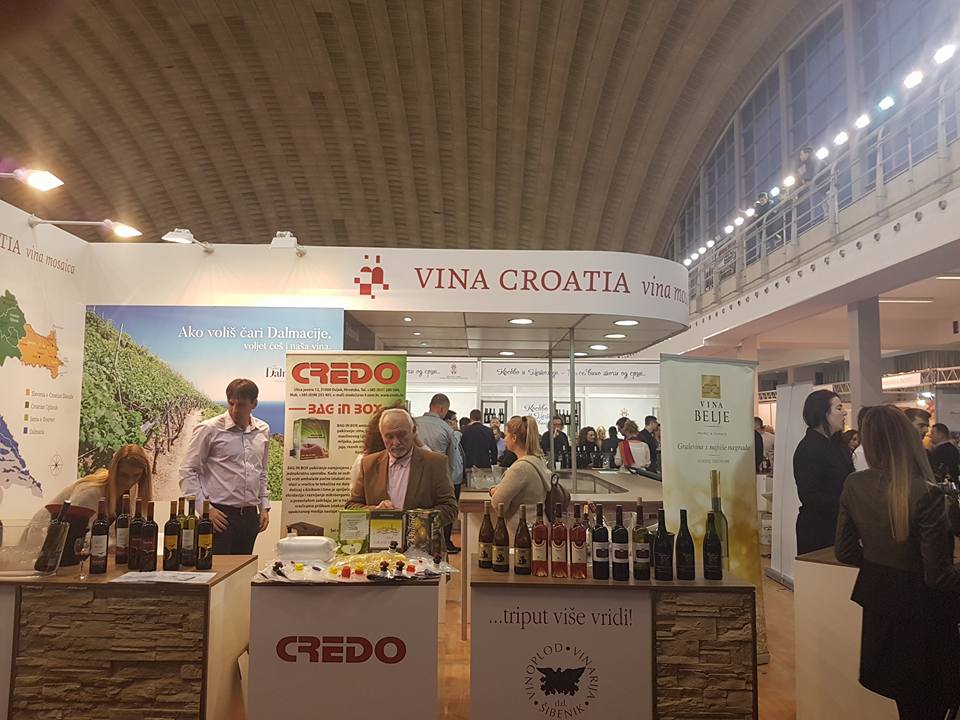
I was beginning to think that perhaps the absence was some kind of political decision (perhaps it was), but then I found at least a Croatian wine stand at the accompanying Beo Wine Fair – although only 10 producers in total.
I don’t think that the decision was political, probably more than the focus of Croatian tourism is on other markets, and it is assumed that tourism from the region will continue automatically. It won’t, and it would be a big mistake to ignore traditional markets as the competition for tourists intensifies.
Listening to Croatian tourism reports sometimes resembles listening to reports on Stalin’s Five Year Plan. From 1928 – 1933, we produced 50 million tons more steel; in 2017, we recorded 102 million overnights, an increase of X% – that kind of thing. (Of course, if you count the overnights the Central Bureau of Statistics does, you will find 16 million less overnights than the Minister of Tourism has, but that is another discussion). The numbers look good, but are the numbers really as good as they sound, and what is driving them? As for the increase in quality of Croatian tourism, we will be looking at this in detail in our next editorial.
While Croatia’s official tourism promotion has undoubtedly boosted tourism (let’s forget that embarrassing £425,000 creation of an island in the River Thames), several global factors have ensured that Croatia could not fail. Terrorism in Tunisia, Egypt, Turkey (which also lost its entire Russian tourism industry for a time), financial turmoil in Greece. Millions and millions of tourists were forced to look for a safer alternative for their summer sunshine fix.
Enter Croatia.
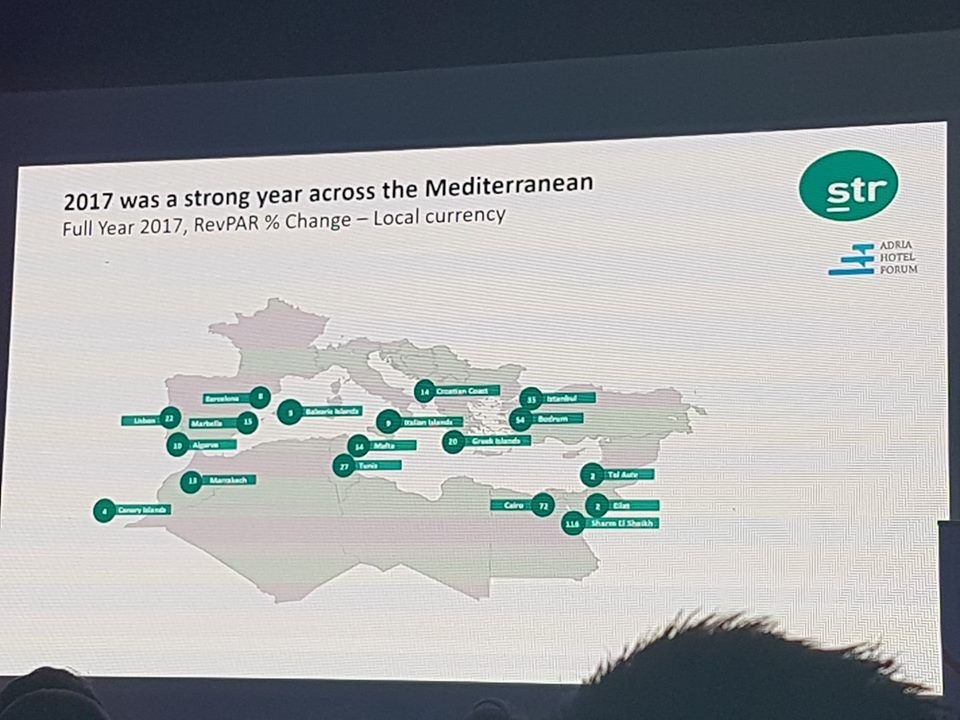
A recurring theme at the recent Adria Hotel Forum in Zagreb was the reemerge of many of these competitor countries after their recent woes, and while they may not be getting back to their original numbers, they are beginning to win back their regular tourists who chose to holiday in places like Croatia during the troubles. Tunisia, for example, used to have 400,000 British visitors a year, down to just 25,000 last year. So those 375,000 Tunisia lovers who opted for Tunisia traditionally found other places to experience, including Croatia, which has seen a huge surge in British arrivals in the last few years. In 2018, British tour operators will once again focus on the Tunisian market for the first time in several years – expect a number of those Tunisia-lovers who tried Croatia last year to return to their comfort zone in North Africa.
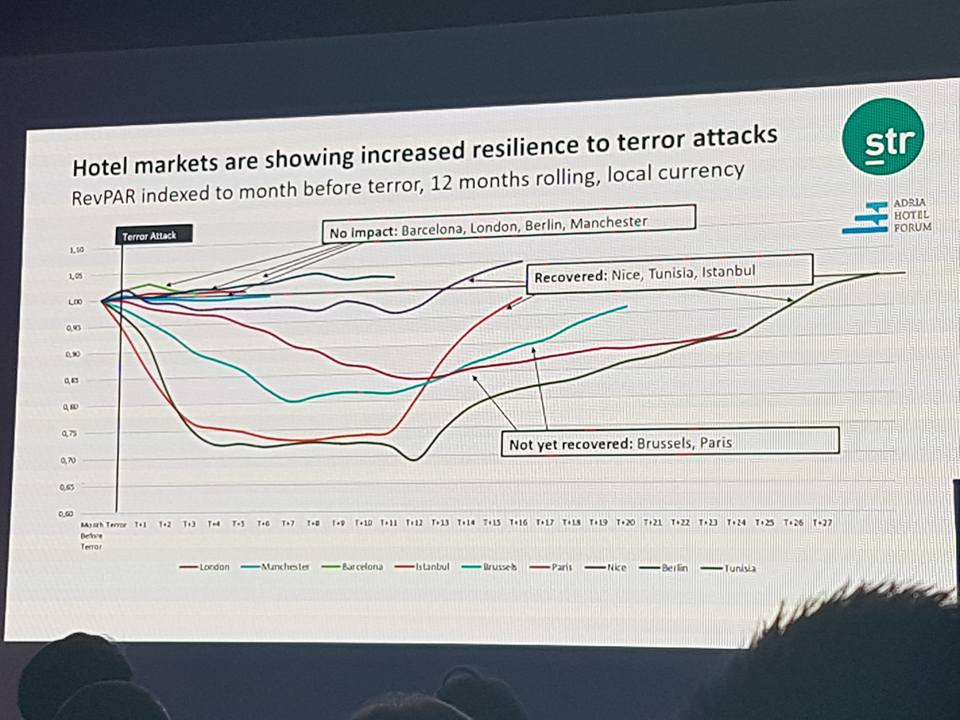
Greek tourism is doing very well after the country’s financial issues, and Turkey and Egypt are also recovering from the devastating impact of terrorism in recent years. These are all key competitor markets for Croatia, and they were all present in Belgrade yesterday. If Croatia assumes it can count on its traditional markets while others are aggressively chasing them, it could be in for a shock, while the benefits from the terrorism woes of competitor countries will not last forever. And destinations are recovering from terrorism, as the slide from STR at Adria Hotel Forum, above, shows.

The biggest regional tourism fair with no representation from the biggest tourism country in former Yugoslavia – surprising to say the least. But it would be wrong of me to say that there was no official Croatian tourism presence at the Belgrade Tourism Fair, for I came across this little bag at the impressive Montenegrin stand – lonely and abandoned, seemingly like the official promotion strategy in this part of the world.
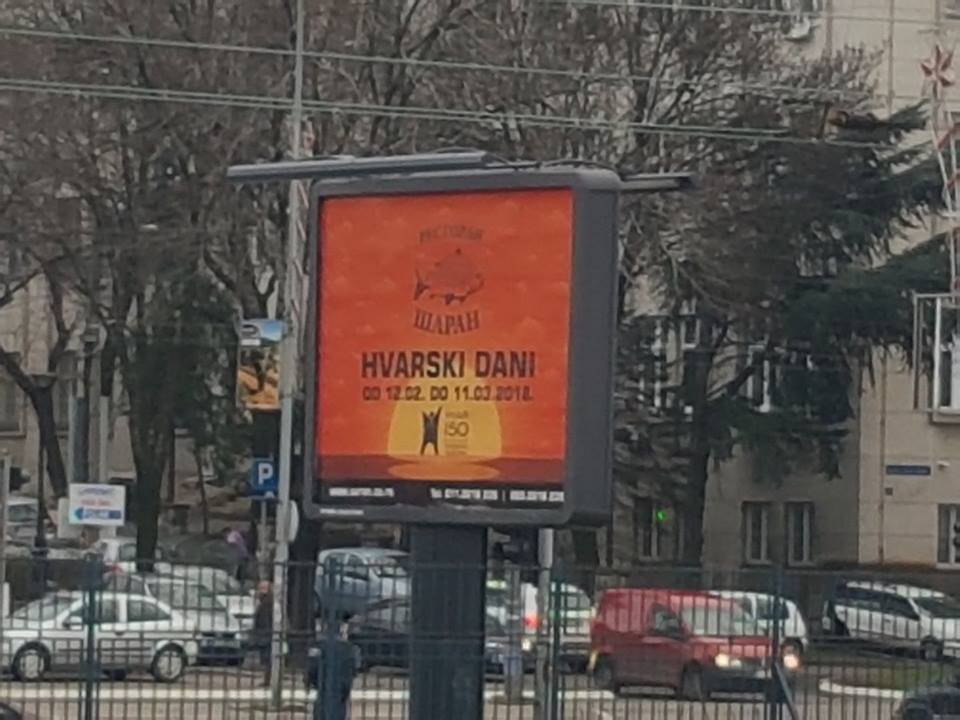
And then, the final chapter of this sorry little tale, as I was leaving the fair. A huge billboard announced the 15th years of Days of Hvar Cuisine, the popular relationship between Restuarant Saran in Zemun and Kod Kapetana in Hvar Town, where Hvar’s chefs head to the Serbian capital for a month each winter to bring a hint of the Adriatic to their longterm Serbian guests, cementing relationships and ensuring more summer bookings from Belgrade. Not for the first time, private initiative trumps official strategy in Croatian tourism. To learn more about Days of Hvar Cuisine, click here.







